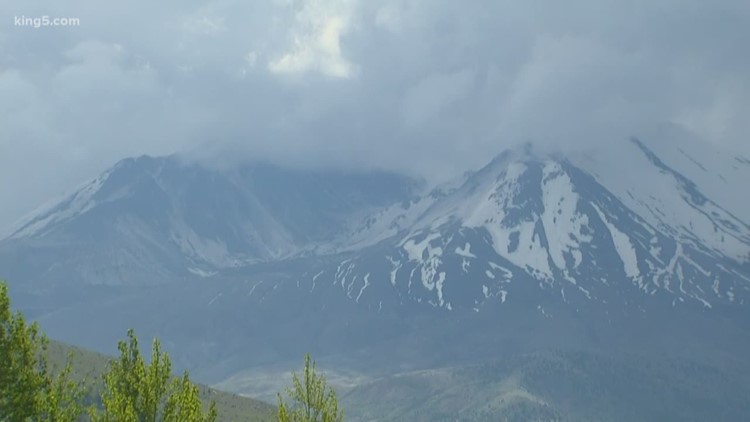The country is about to get some major upgrades to its volcano monitoring and early warning system, as part of the historic Federal Public Lands bill the President signed earlier this month.
The sweeping public lands package contains over 130 individual bills covering issues from wildlife conservation to helium extraction and includes a section for volcano monitoring and early warning systems nationwide through the U.S. Geological Survey.
The bill was sponsored by U.S. Senator Lisa Murkowski (R-Alaska) and co-sponsored by more than a dozen others, including U.S. Senator Maria Cantwell (D-Washington).
The national monitoring and early warning system will include technology upgrades to existing volcano observatories for digital broadband seismometers, real-time continuous GPS receivers, satellite and airborne radar interferometry, acoustic pressure sensors and spectrometry to measure gas emissions.
Washington state has the Cascade Volcano Observatory in Vancouver.
The bill also creates a national volcano watch office that will be open 24/7 and a national volcano data center. It also calls for modern upgrades to current volcano observatories and to integrate them into one system that can be monitored from anywhere.
Washington state has two of the three most dangerous volcanoes in the United States. Mt. St. Helens, which erupted May 18, 1980, is the second most dangerous volcano, and Mt. Rainier is the third. One of the dangers the Mt. Rainier poses is the threat of lahars, or mudflows, from the volcano's flanks to the people living below.
Hawaii’s Mt. Kilauea is the most dangerous volcano and erupted in May 2018.
The price tags for the bill is $55 million during the 2019-2023 fiscal year.
The U.S.Geological Survey Secretary must submit a 5-year management plan to Congress no more than six months after the bill was enacted. The bill allows the USGS to partner with colleges and universities and state agencies for the volcano observation system.
Learn more about disaster preparedness at www.king5.com/disaster



